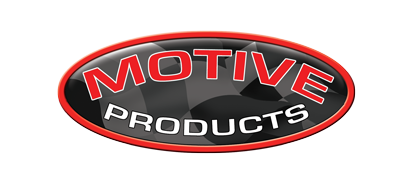nvexplorer
Member
- Joined
- June 24, 2011
- Messages
- 14
- Reaction score
- 5
- City, State
- NV
- Year, Model & Trim Level
- 2013 Explorer XLT
I recently completed a brake fluid flush on my 2013 Ford Explorer XLT; unfortunately, the process was not as satisfying as I’d hoped for…
It appears that the brake fluid reservoir on this model year of Explorer is chambered, and I was only able to remove approximately 1/3 of the old fluid before adding and pumping new fluid through each line/caliper. I used the smallest, most flexible hose I could find, but no matter how I probed the reservoir, I could not seem to get to the lower 2/3rds of the old fluid.
So after sucking out as much of the old fluid as I could and pouring in the new brake fluid as slowly as I could, the old fluid left in the reservoir continued to mix with the new throughout the process. I was planning to only use 32oz total of Morotcraft PM20 fluid for the flush and refill, but ended up using 64oz trying to get clean output at the caliper bleed screws.
The end result is definitely clearer than the original old fluid, but no where near as clean as past jobs that I’ve done where I could evacuate all of the old fluid from the reservoir. My reservoir went from looking like Coke, to now weaker Coke..... Not satisfied!
Any tips for me when I do this again in two years? Thanks everyone.
It appears that the brake fluid reservoir on this model year of Explorer is chambered, and I was only able to remove approximately 1/3 of the old fluid before adding and pumping new fluid through each line/caliper. I used the smallest, most flexible hose I could find, but no matter how I probed the reservoir, I could not seem to get to the lower 2/3rds of the old fluid.
So after sucking out as much of the old fluid as I could and pouring in the new brake fluid as slowly as I could, the old fluid left in the reservoir continued to mix with the new throughout the process. I was planning to only use 32oz total of Morotcraft PM20 fluid for the flush and refill, but ended up using 64oz trying to get clean output at the caliper bleed screws.
The end result is definitely clearer than the original old fluid, but no where near as clean as past jobs that I’ve done where I could evacuate all of the old fluid from the reservoir. My reservoir went from looking like Coke, to now weaker Coke..... Not satisfied!
Any tips for me when I do this again in two years? Thanks everyone.







